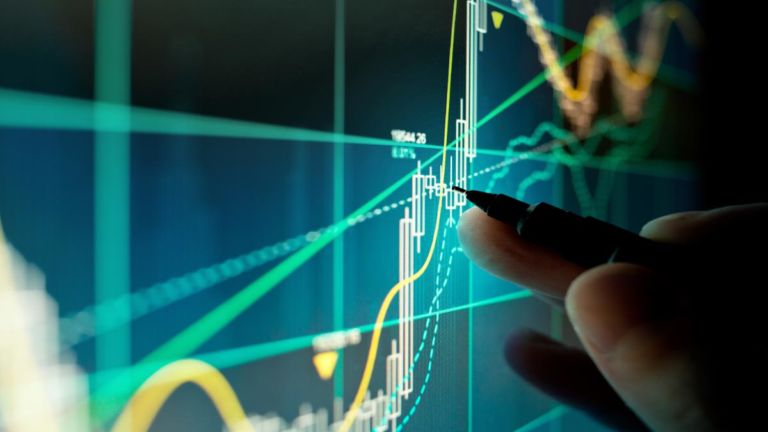

OMS/EMS providers, electronic venues and data aggregators are rapidly merging their offerings so fixed income trading desk clients can realize benefits from automated trading without needing to assemble and maintain individual systems internally, writes Vuk Magdelinic, founder and CEO of Overbond. And with recent consolidation in the space, Mr. Magdelinic asks whether this transformation is only just beginning.
Source: TabbFORUM
Automated corporate bond trading has evolved from being nearly impossible just a few years ago to becoming an important tool for both buy-side and sell-side bond trading desks and their profitability. To stay competitive buy-side and sell-side desks need to make a meaningful percentage of their trading trades no-touch or one-touch.
To automate corporate bond trading, a desk needs to be able to receive client inquiries, source and aggregate data from multiple feeds in real-time, use an AI program to process the data and model prices and liquidity, and then send the price back to the client. Trades, positions, risk and P&L need to be monitored and recorded and the system needs to be trained to suit the trading style of the desk.
Whether they’ve been built in-house or provided by vendors, many systems have existed for some time on both the sell-side and buy-side for trade order and workflow management, monitoring and record-keeping. Multiple well-established vendors provide electronic data sources and electronic trading venues have been in use for about 20 years. However, recent advances in technology are forcing rapid changes in the vendor service offerings.
New technologies.
Advances in interoperability have facilitated the aggregation of data from multiple sources, while AI has made pricing and liquidity modelling possible and cloud computing has provided the processing speed necessary to perform these functions in real time.
Overbond, for instance, has developed the COBI-Pricing LIVE system, an AI pricing and liquidity-modeling engine that allows sell-side trading desks to automate their RFQs via no-touch and one-touch execution. The system achieves a refresh rate of less than three seconds using cloud technology and its interoperability allows for data aggregation from multiple sources and integration with legacy systems on the desk.
To develop end-to-end automation capabilities and meet the current client demand for automated corporate bond trading, traditional vendors and service providers need to employ real-time data aggregation, AI modeling and cloud computing. This is necessary to deliver the speed, precision and coverage needed to automate a meaningful percentage of the desk trading flow.
Companies are expanding their capabilities.
Recently, there’s been a wave of consolidation across the corporate bond trading industry as companies try to capture first-mover advantage and build end-to end trade automation systems.
Last year, for example, ION Markets, a software and automation company that provides trading management and execution technology to financial firms, took control of Broadway Technology, which provides front-office technology for corporate bond fixed income and few other asset classes. ION is now rumoured to be looking at buying List SpA, a trading platform providing position and execution management, auto-quoting and algorithmic trading for corporate bonds.
And the pace of acquisitions appears to be picking up. In March 2021, TP ICAP, an interdealer broker, TD Bank Group and fintech company Broadridge all made acquisitions to expand their electronic trading capabilities. TP ICAP acquired Liquidnet Holdings Inc., a corporate bond trading venue for asset managers, to expand its buy-side trade execution services. TD Bank Group acquired Headlands Tech Global Markets LLC, a quantitative fixed income trading company that will allow TD to provide automated market-making in U.S. municipal and investment-grade corporate bonds. And Broadridge acquired Itiviti, in part to expand its front-office capabilities in interoperability and venue connectivity necessary for automating corporate bond trading.
Until now, trading desks have relied on the use of multiple systems from multiple vendors and building connections internally to enable an end-to-end automated trading system. Due to technological complexity and advancements and the strict speed, coverage and precision requirements it is no longer feasible for these system-aggregates or end-to-end capabilities to be assembled from multiple vendors by the trading desk and then maintained internally.


